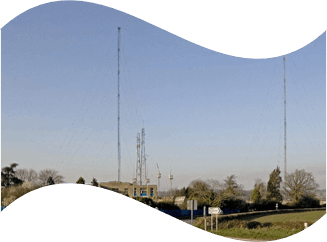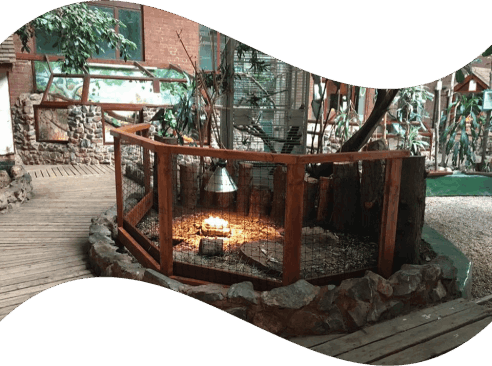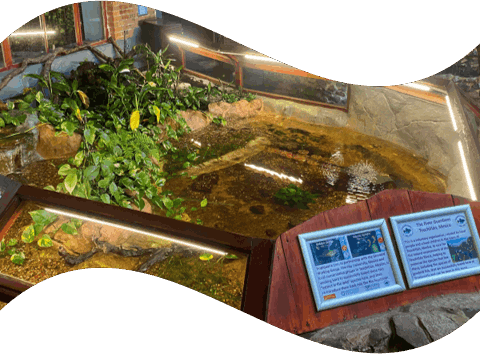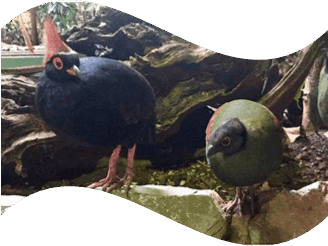
The Reptile Hall - A History.
A lifetime ago, the Reptile Hall went by a different name – the Transmitter Hall.
It was here from 1933 to the late 1970’s that huge transmitters broadcast BBC radio to parts of the nation.
In the 1970’s the whole station was re-engineered for unattended operation, with virtually all of the original equipment being scrapped. The station was condensed into the back section of the building, where it would be closer to the radio masts, and the front half of the building was no longer required. It would likely have been demolished had it not received Grade 2 listing by English Heritage in 1984.
Various plans were proposed for the redundant building, including conversion to an indoor swimming pool and restaurant, but ultimately the building remained empty. Until finally, in the late 1980’s – a zoo is born!
The radio station still operates today in the back sections of the building. Originally the Reptile Hall was heated using waste heat generated by the transmitters next door, but recently more energy efficient equipment was installed which no longer produces this heat. Sadly this has left us with enormous heating bills, right in the midst of an energy crisis - energy bills have now quadrupled on previous years.

Reptile Collection
Our main reptile collection is also housed in the hall. Many species of snakes, lizards and tortoises can be found. As well as our South American Caiman.
Small Amphibian displays can also be seen.

Fish Ponds
The reptile hall also houses our fish ponds where you can see some of the rarest fish in the world, our little Mexican fish known as Goodeids.
Tropiquaria is the largest breeder of these fish in the world.

